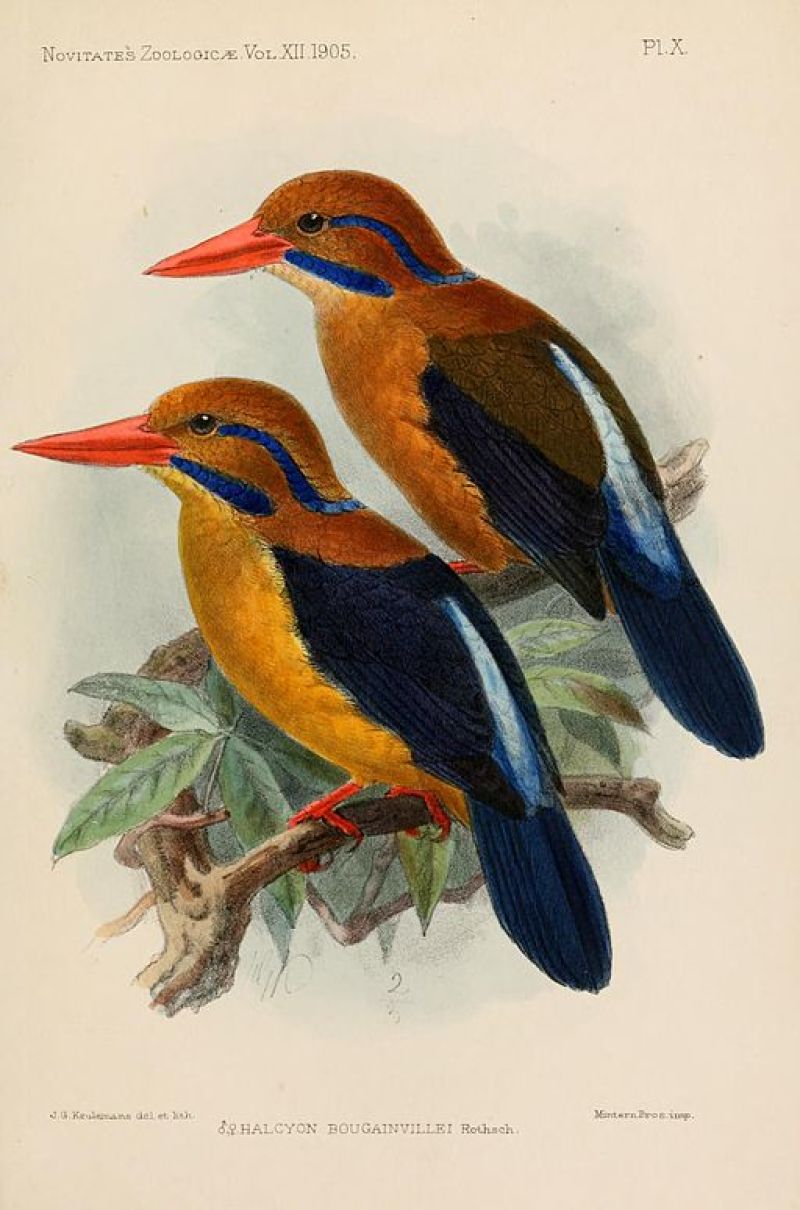
Last month, a scientist from the American Museum of Natural History was able to observe and for the first time, photograph the rare moustached kingfisher bird.
But, after killing the bird for scientific reasons, the scientist drew the ire and criticisms of the public including animal rights groups, the San Francisco Gate reported.
According to Christopher Filardi, he saw the moustached kingfisher while he was on a research trip in Guadalcanal in the Solomon Islands.
He was immediately stunned and impressed by the sight of the animal since it hasn't been seen for over 50 years. As stated in his article on the Auburn Society website, the only instances the bird was seen was in 1927 and 1953.
The bird is so rare that experts believe only 250 to 1,000 moustached kingfisher adults exist.
After taking a picture of the bird, which was posted on the American Museum of Natural History's Twitter account, Filardi captured and euthanized it. The scientists said he killed the bird in order to preserve it for future studies.
He noted that this sample will provide other researchers and scientists the opportunity to learn more about this rare bird and the evolution of the kingfisher family.
"The adult male plumage of this bird has remained unknown and the absence of genetic and other comparative material linked to this plumage has precluded evolutionary analyses - until now," Filardi wrote in the article.
"Analyses of this specimen in question will clarify evolutionary relationships among moustached kighfishers and help answer important questions about the evolution and biogeography of kingfishers, of high elevation bird communities, and of southwestern Pacific biotas more broadly," he added.
Despite his intentions, the scientist from New York was immediately criticized. He was even likened to Walter Palmer, the dentist from Minnesota who killed Cecil the lion in Zimbabwe during a hunting trip.
According to the People for the Ethical Treatment of Animals (PETA), even though the killing of the bird was not a trophy hunt like in Cecil's case, euthanizing the moustached kingfisher even for scientific reasons is not justifiable.
"It is a tired and nonsensical, self-serving claim that you must kill some animals in the name of research so as to study then enough to save them," Colleen O'Brien, the senior director of PETA told New York Daily News.
"This argument is as daft as Walter Palmer saying he shot Cecil the lion with a high-powered crossbow to save other lions," she added. "To search for and find an animal of a rare species - an individual with feelings, interests, a home, and perhaps a mate - only to kill him is perverse, cruel, and the sort of act that has led to the extinction of other animals who were also viewed as 'specimens.'"



















